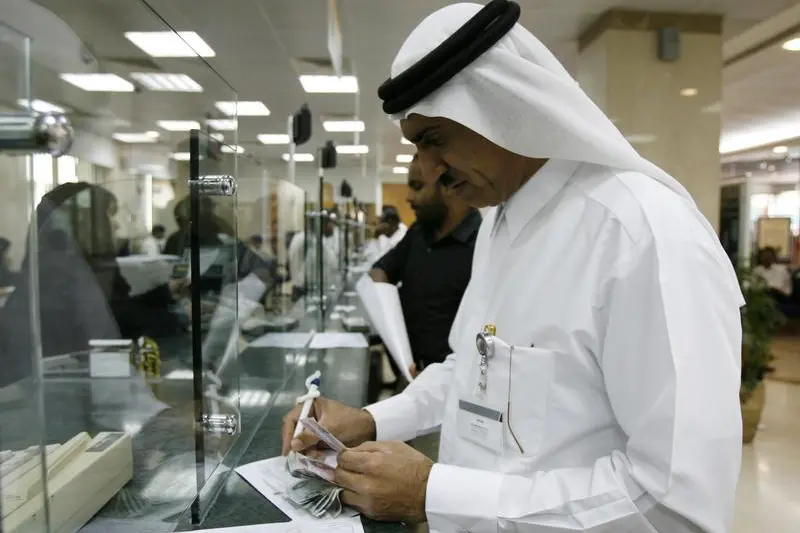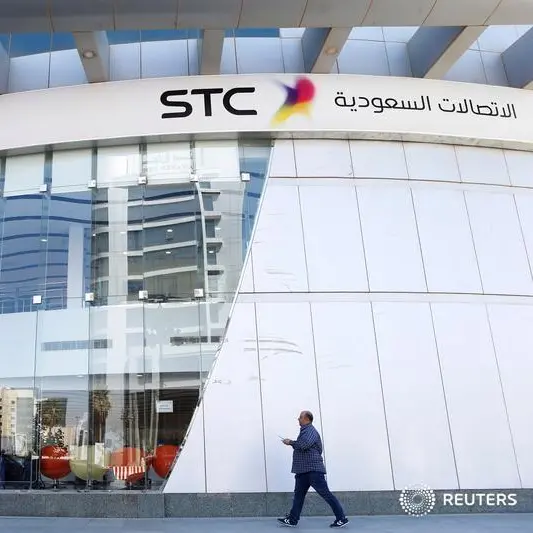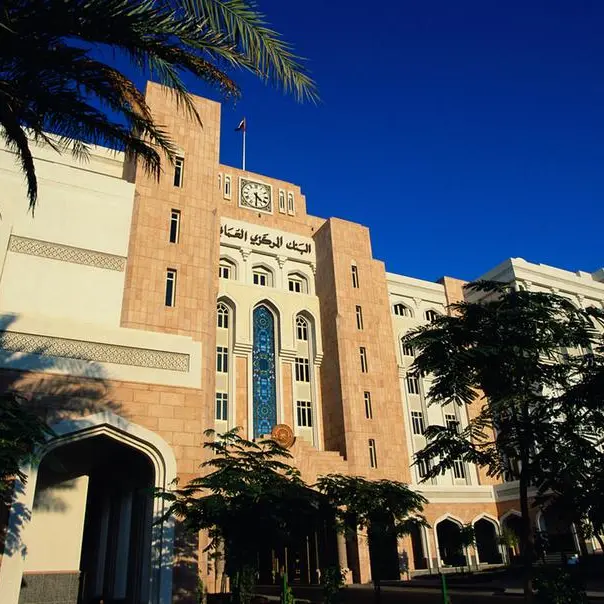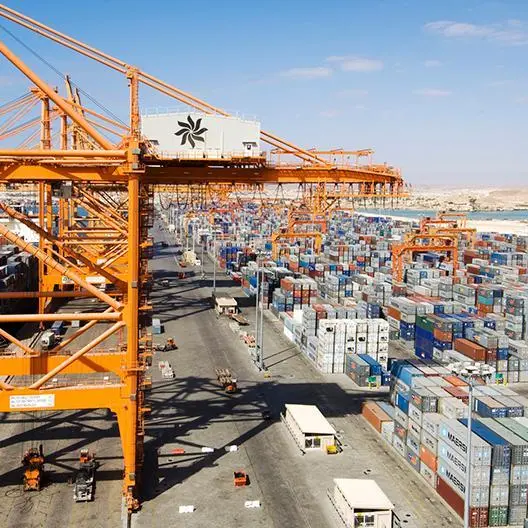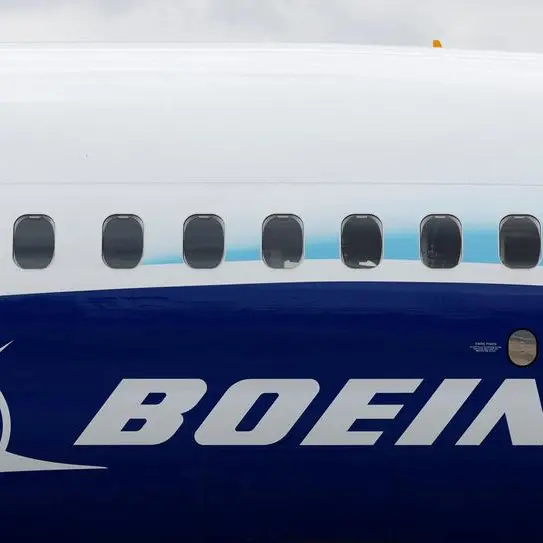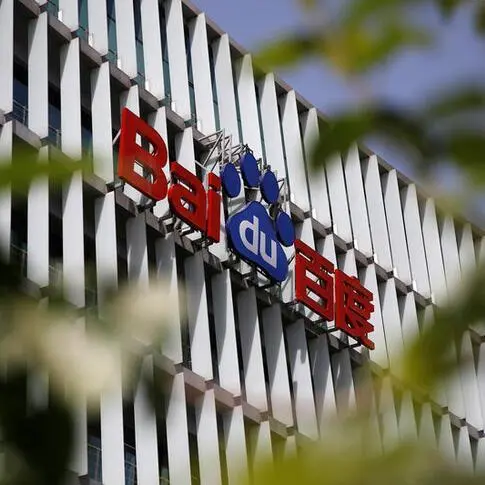PHOTO
UAE - The proposed merger, pending approvals by the banks' boards of directors, shareholders and regulators, would be credit positive for UAE banks, according to Moody’s. The merger of ADCB, UNB and AHB would contribute to consolidation of the over-banked UAE banking sector, which will increase banks’ pricing power, reduce pressure on their funding cost and increase their ability to meet sizeable investments.
Bank competition in the UAE, where 60 banks serve a population of only nine million, has increased over recent years as lending opportunities decreased following a decline in economic and credit growth amid lower oil prices. The stronger competition also reflects lenders’ focus on high-quality borrowers given elevated delinquencies among small and medium companies and mid-sized corporates amid a soft environment, along with the introduction of a credit bureau. Consolidation of the banking system will also diminish the competitive pressure for funding.
The competition for concentrated deposit sources, combined with the increase in US interest rates, is contributing to an increase in UAE banks’ funding costs. Because the UAE’s local currency, the dirham, is pegged to the US dollar, rising US interest rates have historically translated into higher dirham rates in the UAE. Elevated competitive pressures and funding costs have both contributed to banks' contracting net interest margins.
System consolidation will also increase banks’ scale and revenue base, improving their ability to meet sizeable investments related to compliance, digitalisation and new accounting standards such as IFRS9.
The completion of bank mergers in Gulf Cooperation Council countries has historically proven challenging because of shareholders’ high pricing expectations and the healthy profitability of banks in the region. However, lower economic growth following the decline in oil prices mid-2014 is gradually driving consolidation in the over-banked region. In the UAE, First Gulf Bank and National Bank of Abu Dhabi concluded a merger to create First Abu Dhabi Bank PJSC (FAB) in April 2017.
ADCB, UNB and AHB have some common shareholding, with Abu Dhabi Investment Council holding stakes of 63 per cent in ADCB, 50 per cent in UNB and 100 per cent in AHB. We estimate that the combined entity would have assets of around $113 billion, closer to the dominant First Abu Dhabi Bank, which had $188 billion of assets as of June 2018, and Emirates NBD PJSC with $130 billion of assets as of June 2018. Based on assets, First Abu Dhabi Bank had a 26 per cent market share in the UAE and Emirates NBD had 18 per cent as of June 2018.
© 2018 CPI Financial. All rights reserved. Provided by SyndiGate Media Inc. (Syndigate.info).
